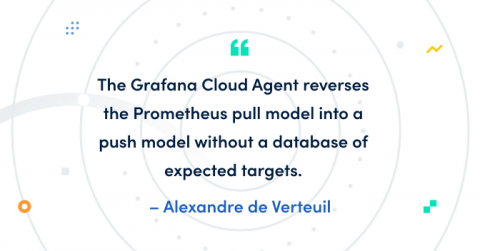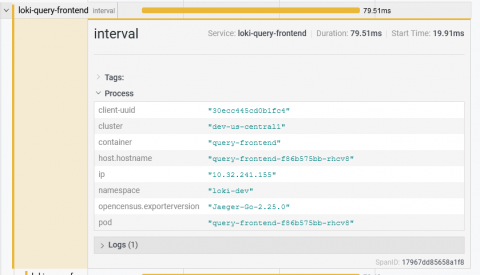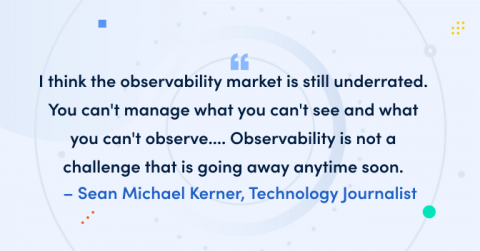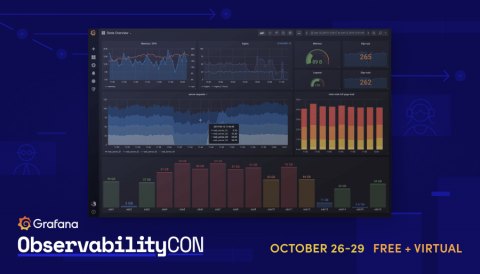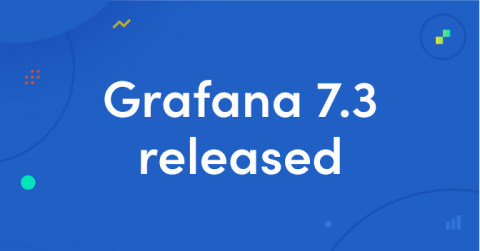Best practices for meta-monitoring the Grafana Cloud Agent
Earlier this year, we introduced the Grafana Cloud Agent, a subset of Prometheus built for hosted metrics that runs lean on memory and uses the same service discovery, relabeling, WAL, and remote_write code found in Prometheus. Thanks to trimming down to the parts only needed for interaction with Cortex, tests of our first release have seen up to a 40% memory-usage reduction compared to an equivalent Prometheus process.


